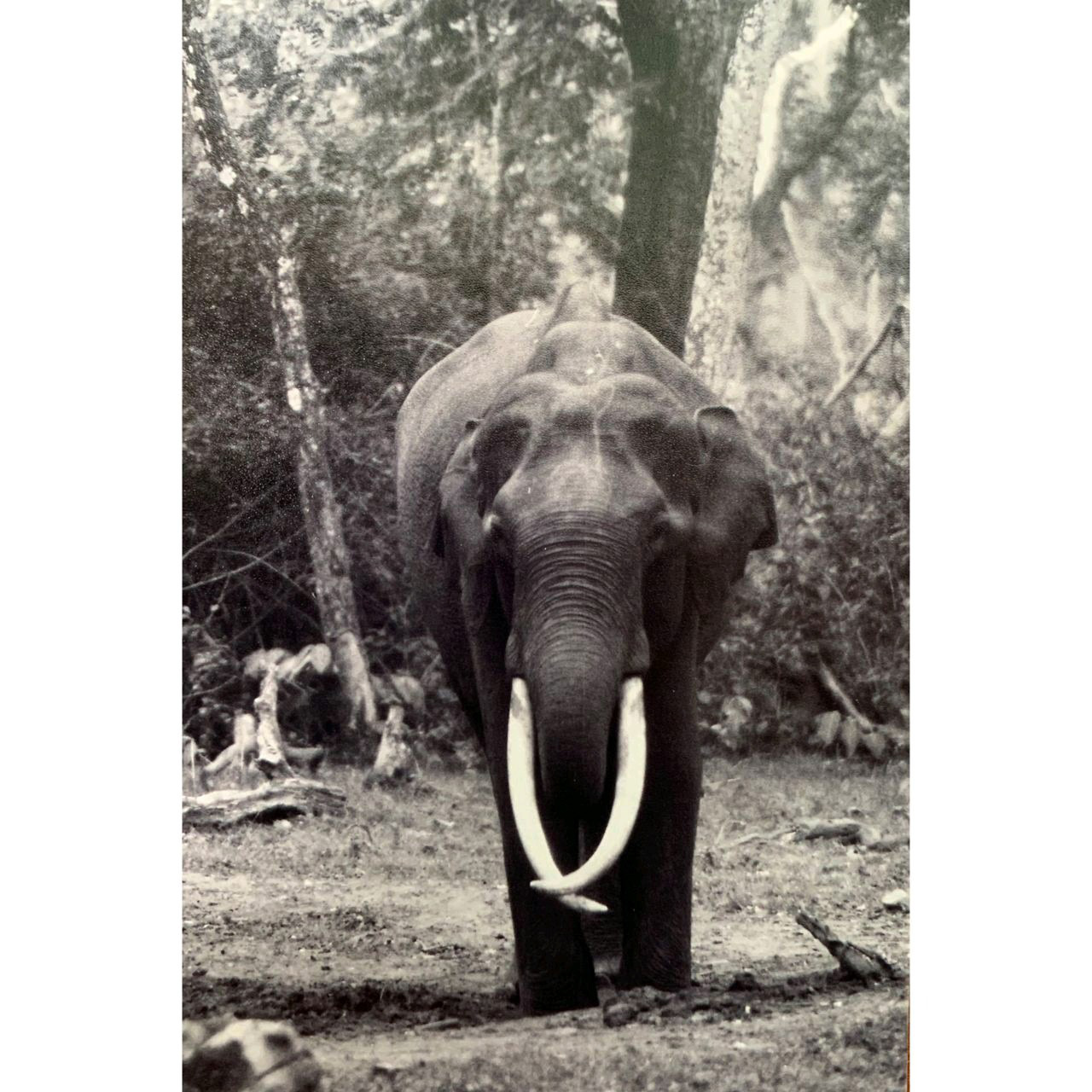“Grass Hills National Park is a protected area in the Western Ghats, India, and a part of the Anamalai Tiger Reserve, forming its boundary with Eravikulam National Park in neighbouring Kerala state. The landscape is a combination of peaks and high plateaus above 2000m MSL composed of montane shola-grassland ecosystem that is unique to the higher ranges of the Western Ghats of Kerala and Tamil Nadu”
“The important peaks are Attuparai Kurukku top (6662ft), Oosi Malai Theri, Kazhuku Chutti Malai, Silve Medu. It is primarily a shola grassland eco system”.
Tea from the region
“Medium to high tone fragrance. Biscuity to floral notes, Lingering Biscuity aroma, Golden saffron liquor. Brisk and fairly bright, Strong and vibrant, complex and intense. Long finish of briskness. A great tea to provide the punch and verve to start the day, a morning refresher”
Opening up
In 1864, R.J. Lowry of the Carnatic Coffee Company applied for land on the western slopes of Anamallai, which the Government at that time had classified as ‘waste’. This was when the first estates of Anamallais, Waterfall and the Waverley estates were started, after which no other permission for acquisition of land was granted by the Government until 1876.
In the year 1897, the first set of planters who were the real pioneers of Anamallais arrived. Among them were G. A. Marsh (better known as ‘Carver’ Marsh and considered to be the father of Anamallais) and C.R.T. Congreve. New estates followed in quick succession. James A. Corcker and his successor A.H. Sharp of Finlay Muir & Co. Ltd opened Valparai and Varaaparai estates for coffee and cardamom. Then E.J. Martin, O.A. Bannantine and Unwin Maclure opened Monika, Sirikundra and Stanmore in 1898-99. Another estate which came into being around the same time was Iyerpadi, which got its name from Narasiyer, a well- known barrister from Coimbatore and one of the first Indians to become involved in the plantation industry.
Iyerpadi, along with Paralai and Kalianapandal estate which later became the Lower Sheikalmudi constituted the Iyerpadi group, which was later acquired by English and Scottish Joint Cooperative Wholesale Society Ltd., by around 1919. Bombay Burmah Trading Corporation Ltd., bought a block of 3000 acres of land in 1912 and started Mukkotu Mudi estate.
Much of the expansion of tea in the Anamallais started from 1900 onwards, growing up to 13,500 acres by the time of the World War II. Writing in 1903, M. Clark reported: “today the total acreage is 36,937 acres on 38 estates, making the Anamallais the largest planting district in South India.”
The discovery of Valparai is due to the destruction of wild lives and one could not realize easily that we were stabled now is ones shelter to endanger species and dense forest. Somehow the tea estates takeover that thought by its evergreen blanket. Only when we hear to say someone about the past and what we try to understand is fractional. And we can’t blame anybody, and everything is dawn towards our needs.
There is destruction to a development, the world came across this ideal and if not the pioneer G.A. Carver Marsh – founder of the Valparai, we aren’t to experience the pristine beauty. Standing tall at an edge of hill, facing around the green mountains and pointing finger across, the Carver Marsh statue view the beautiful Valparai – called by ‘Seventh Heaven’ in the world!
Kumki Elephant training camp

1930 Tusker in Anamallais
Kozhikamuthi Elephant Camp in Tamil Nadu — a paradise for wildlife and nature lovers
The male tuskers at this camp, located inside Anamalai Tiger Reserve, are trained to capture and tame rogue elephants Asia’s Best Kumki Elephant Kaleem stationed elephant training camp Anamallais Kozhikamuthi

For over 30 years, Kaleem, Tamil Nadu's most trusted kumki elephant, has stood as a guardian of forests, a protector of villages, and a force of peace in human- wildlife conflict.

Anamalai Kaleem Retired in 2022


Pride of Karnataka elephant squad.
Abhimanyu (born c. 1964) is an Asian elephant who, from 2020 has been the lead elephant and the carrier of the Golden Howdah at the Mysore Dasara and is also stated to be the best kumki elephant, playing a crucial role in more than 180 elephant captures and more than 50 tiger captures


